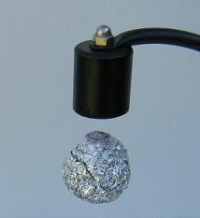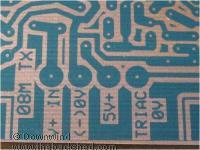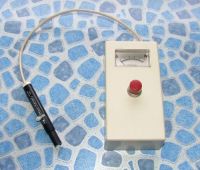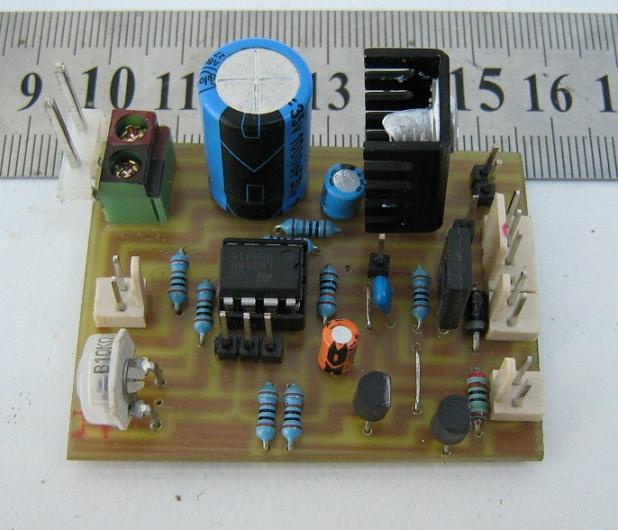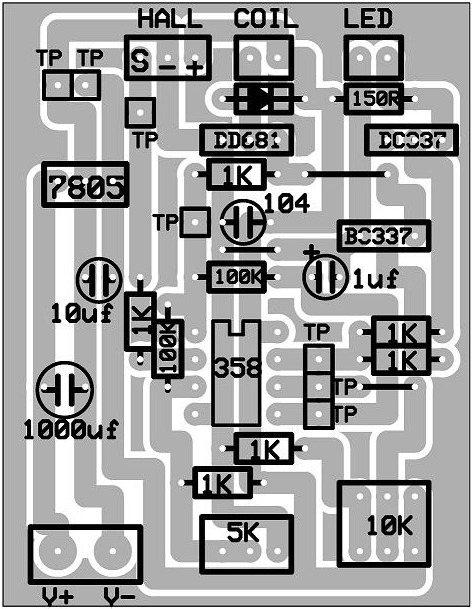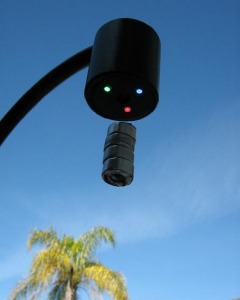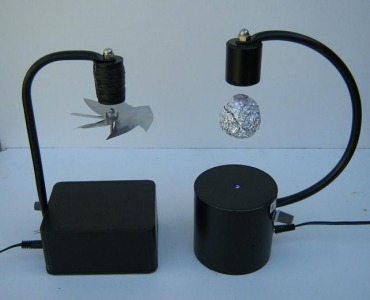 |
|
|
Site Navigation
Projects & Information
»General Information»Wind turbine Projects »The F&P Smartdrive »Electronic projects »Microcontroller projects »Miscellaneous Kits & Parts
»Basicly Natural Pty Ltd»PVC & Aluminium blades »Scale model farm windmills »Price Watch Discussion Forums
Handy Links
»Wind»Solar »Electric Vehicles »Electronics »Micro Controllers »General Interrest About TheBackShed Getting Started Privacy Policy Making Circuit Boards |
PCB. Note these files can be downloaded as PDF's, see last page.
Note:- the points marked “TP” were Test Points where I had header pins for the Cro to attach to during development, and can be disregarded in the final circuit. A few tip and notes.... The coil wires needs to be connected the right way around or the coil will produce the incorrect magnetic pole for the circuit. The magnet size is not overly important but it do need to be a reasonable strength magnet and the small Neo (rare earth) magnets work best. A heat sink will need to be fitted to the voltage regulator as it will run quite hot. The hall sensor has a maximum input voltage of 6 volts and is why the circuit is operated by a 5 volt supply. If you find the magnet gets the jitters and falls out of levitation, this can be caused by several reasons, the main one is the metal plate is not thick enough and try adding a few more washers. Adding flashing RGB leds above and below the magnet creates a nice effect if a shiny object like a ball of alfoil is levitated.
A different effect is to make a small windmill fan and attach the magnet to the centre. A coil salvaged from a solenoid should work, ok but just watch the power consumption of the coil so not to overload the circuit, as many solenoid coils are very power hungry. The use of inductor coils for the coil will NOT work.
|
